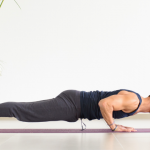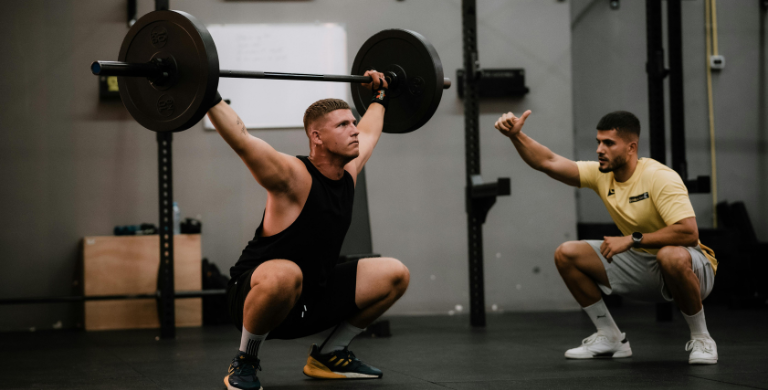Aside from dieting, exercising is one of the most common ways to shed extra kilos. It burns calories, and this plays a role in weight loss. In addition to helping you lose weight, exercise has many other benefits, including improved mood, stronger bones, and a reduced risk of many chronic diseases.
Consult your doctor before starting any exercise programme, especially if you’re unfit, older, or have any medical condition. The following exercises are recommended for weight loss.
Walking
Walking is one of the best exercises for weight loss. It’s convenient and an easy way for beginners to start exercising without feeling overwhelmed or needing to purchase equipment. Also, it’s a lower-impact exercise, meaning it doesn’t stress your joints. It’s easy to fit walking into your daily routine. If you want to add more steps to your day, try walking during your lunch break, taking the stairs at work, or taking your dog for extra walks. To get started, aim to walk for 30 minutes 3–4 times a week. You can gradually increase the duration or frequency of your walks as you become more fit.
Jogging or running
Jogging and running are also great exercises to help you lose weight. Although they seem similar, a jogging pace is generally between 6.4–9.7 km/h, while running is faster than 9.7 km/h. Studies have shown that jogging and running can help burn harmful visceral fat, commonly known as belly fat. This type of fat wraps around your internal organs and may lead to various chronic diseases, like heart disease and diabetes. Both jogging and running can be done anywhere and are easy to incorporate into your weekly routine. To get started, aim to jog for 20–30 minutes 3–4 times per week. If you find jogging or running outdoors to be hard on your joints, try running on softer surfaces like grass. Also, many treadmills have built-in cushioning, which may be easier on your joints.
Cycling
Cycling is a popular exercise and, although mostly done outdoors, many gyms and fitness centres have stationary bikes that allow you to cycle while staying indoors. People who cycle regularly have better overall fitness, increased insulin resistance, and a lower risk of heart disease, cancer, and death, compared with those who don’t cycle regularly. Cycling is great for people of all fitness levels, from beginners to athletes. It’s also a non-weight-bearing and low-impact exercise that won’t place much stress on your joints.
Weight training
According to Harvard Health, a 70kg person burns roughly 112 calories per 30 minutes of weight training. Weight training can also help build strength and promote muscle growth, which can raise your metabolic resting rate. Doing 11 minutes of strength-based exercises 3 times per week can result in a 7.4% increase in metabolic rate, on average. Numerous studies have shown that your body continues to burn calories many hours after a weight-training workout, compared with aerobic exercise.
Interval training
Interval or high-intensity training refers to short bursts of intense exercise that alternate with recovery periods. Typically, a workout lasts 10–30 minutes and can burn many calories. It means that you burn more calories while spending less time exercising. High-intensity training is easy to incorporate into your exercise routine. All you need to do is choose a type of exercise, such as running, jumping, or biking, and your exercise and rest times. For example, pedal as hard as you can on a bike for 30 seconds, followed by pedalling at a slow pace for 1–2 minutes. Repeat this pattern for 10–30 minutes.
Swimming
Swimming is a fun way to lose weight and get in shape. How you swim appears to affect how many calories you burn. Per 30 minutes, a 70kg person burns 298 calories doing backstroke, 372 calories doing breaststroke, 409 calories doing butterfly, and 372 calories treading water. Another advantage of swimming is its low-impact nature, meaning that it’s easier on your joints. It is a good option for people who have injuries or joint pain.
Yoga
Yoga is a popular way to exercise and relieve stress. While it’s not commonly thought of as a weight loss exercise, it burns a fair number of calories and offers many additional health benefits that can promote weight loss. Aside from burning calories, yoga can teach mindfulness that can help you resist unhealthy foods, control overeating, and better understand your body’s hunger signals. Most gyms offer yoga classes, but you can practice yoga anywhere, even from the comfort of your own home, as there are plenty of guided tutorials online.
Pilates
Pilates is a beginner-friendly exercise that may help you lose weight. Although Pilates may not burn as many calories as aerobic exercises like running, many people find it enjoyable, which makes it easier to stick to over time. Other than weight loss, Pilates can lower back pain and improve your strength, balance, flexibility, endurance, and overall fitness level.
Many exercises can help you lose weight. Choose an exercise programme that you enjoy doing and will more likely stick to for long-term results.
Source: www.healthline.com












